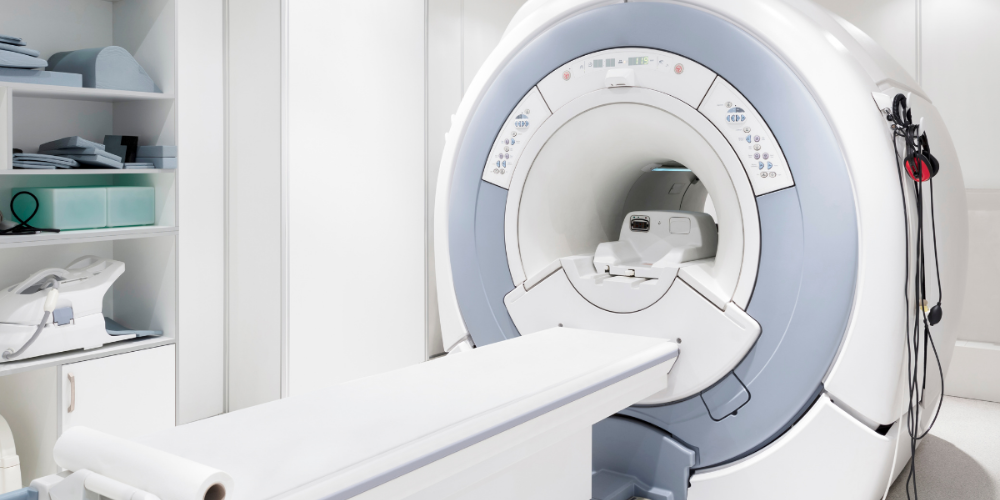A surge of transformation in the medical field has caused an abrupt boost in creating prototyping medical devices, which are quick in creation and efficient in performance. Technological advancements have paved the way for creating new treatment procedures, customized medical devices, and testing new treatment options.
You will learn the key application areas of rapid prototyping in the medical field, where we will also consider the ethical considerations that must be undertaken while using these powerful technologies.
Rapid Prototyping for Personalized Medicine
The most advanced version in the medical field is the production of rapid prototyping medical devices for personalized medicines.
We can get custom prosthetics and implants completely tailored to the needs and demands of the patient.
With this, you get highly precise and accurate medical implants that are far better than the ones created with traditional manufacturing methods.
For instance, you can have customized orthotics and prosthetics now due to the availability of rapid prototyping in the medical field. You get perfectly made limbs that fit a patient’s unique anatomy. By using these implants, patients can enhance the quality of their life.
Rapid prototyping has also made it possible to create personalized drug delivery systems which can release the required amount of medicine at specified times according to the patient’s needs.
Rapid Prototyping in Medical Education
One important application of rapid prototyping is in medical education, where physical models of anatomy and surgical procedures are easy to create by customized rapid prototyping. Medical students get hands-on experience in a safe and controlled environment.
It has replaced the need for the original dead bodies of human beings, which was necessary to read the anatomy of the human body to medical students.
The intricate and complex body organs are created with 3D modeling or CNC machining procedures, and you can have the most complex designs to allow medical training on near to-original organs.
The creation of customized surgical tools and medical devices is possible through the use of rapid prototyping.
Rapid Prototyping for Disaster Relief
The vast emergence of disaster relief management has paved the way for the rapid prototyping of medical devices and on-site supplies in case of a disaster. Medical care to patients is critical in such sudden disasters; urgent treatment is possible through rapid prototyping.
Ethical Considerations in Rapid Prototyping for Medical Devices
As of now, rapid prototyping has revolutionized the medical field; this is the right time to have some ethical considerations in place. The first and foremost important thing to keep in mind is the production of quality implants that are safe and secure for the patient.
Along with it, a concern is ensuring there is no misuse of rapid prototyping. In simple words, prototyping manufacturers should never create any weapon or harmful devices using rapid prototyping technology. Developers must put extra caution in ensuring the technologies are created responsibly and ethically.
Future Directions in Rapid Prototyping for Medical Devices
Regarding the future, some exciting possibility can be bioprinting development, which can help create living tissues and organs for transplant.
Another thoughtful way is to create precision medicines that target the patient’s individual needs of the patient, It has growth potential, and this field can create tremendous zeal among industry experts.









